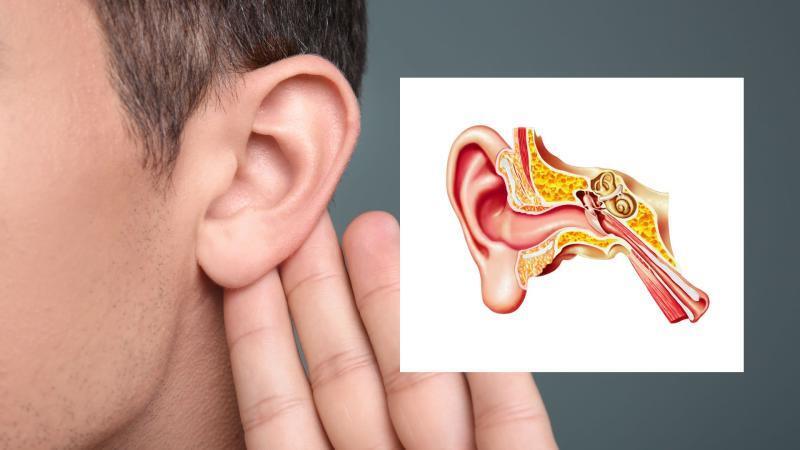
Forces Build the Ear’s Hearing Structure
The human ear is a complex and intricate organ that enables us to perceive sound waves and interpret them as music, voices, and other sounds. The inner ear, specifically, is responsible for converting sound waves into electrical signals that are transmitted to the brain. Despite its importance, the process of how the inner ear’s hearing tissue organizes itself has remained a mystery until recently. Scientists have made a groundbreaking discovery that reveals the subtle mechanical forces that play a crucial role in shaping the ear’s hearing structure.
The Discovery
Researchers from the University of California, San Diego, have uncovered the precise mechanism by which the inner ear’s sensory cells, called hair cells, arrange themselves in a specific pattern to enable clear hearing. Their study, published in the journal Cell, reveals that different cell junctions, which are the connections between cells, pull with varying strengths, controlled by molecular motors.
These molecular motors are like tiny machines that generate forces, which in turn, create patterns of force that precisely arrange the sensory cells and align their direction. This intricate process is crucial for the proper functioning of the ear and our ability to hear clearly.
The Importance of Cell Junctions
Cell junctions are the glue that holds cells together, and they play a vital role in maintaining the integrity of tissues and organs. In the context of the inner ear, cell junctions are responsible for forming a tight seal between hair cells and the surrounding supporting cells. This seal is essential for the proper functioning of the hair cells, as it allows them to detect sound waves and transmit the signals to the brain.
The study found that the strength of the cell junctions varied depending on the specific type of junction and the location within the ear. For example, some junctions were stronger and more rigid, while others were weaker and more flexible. This variation in strength and flexibility allowed the researchers to identify specific patterns of force that were generated by the molecular motors.
The Role of Molecular Motors
Molecular motors are proteins that generate forces by converting chemical energy into mechanical energy. In the case of the inner ear, these motors are responsible for generating the forces that shape the hair cells and their surrounding tissue.
The study found that there were different types of molecular motors at work in the inner ear, each with its own unique properties and functions. Some motors were able to generate strong, sustained forces, while others were able to generate weaker, more rapid forces. This diversity of molecular motors allowed the researchers to create a range of force patterns that were tailored to the specific needs of the ear.
The Impact of This Discovery
This groundbreaking study has significant implications for our understanding of how the inner ear develops and functions. By identifying the key forces that shape the hearing tissue, researchers can now develop new therapies and treatments for ear disorders and hearing loss.
In addition, this discovery could have far-reaching implications for our understanding of development and tissue organization in general. The mechanical blueprint that governs the organization of the inner ear’s hearing tissue could be applied to other tissues and organs, providing new insights into how they develop and function.
Conclusion
The discovery of the subtle mechanical forces that shape the ear’s hearing structure is a significant breakthrough in our understanding of the inner ear and its function. The findings of this study have the potential to revolutionize our approach to treating ear disorders and hearing loss, and could have far-reaching implications for our understanding of development and tissue organization.
As we continue to unravel the mysteries of the inner ear, we are reminded of the incredible complexity and sophistication of the human body. The intricate dance of molecular motors, cell junctions, and forces that shape the ear’s hearing structure is a testament to the awe-inspiring beauty and intricacy of human biology.
News Source:
https://researchmatters.in/news/tissues-and-cells-organise-subtle-mechanical-forces-perfect-hearing






